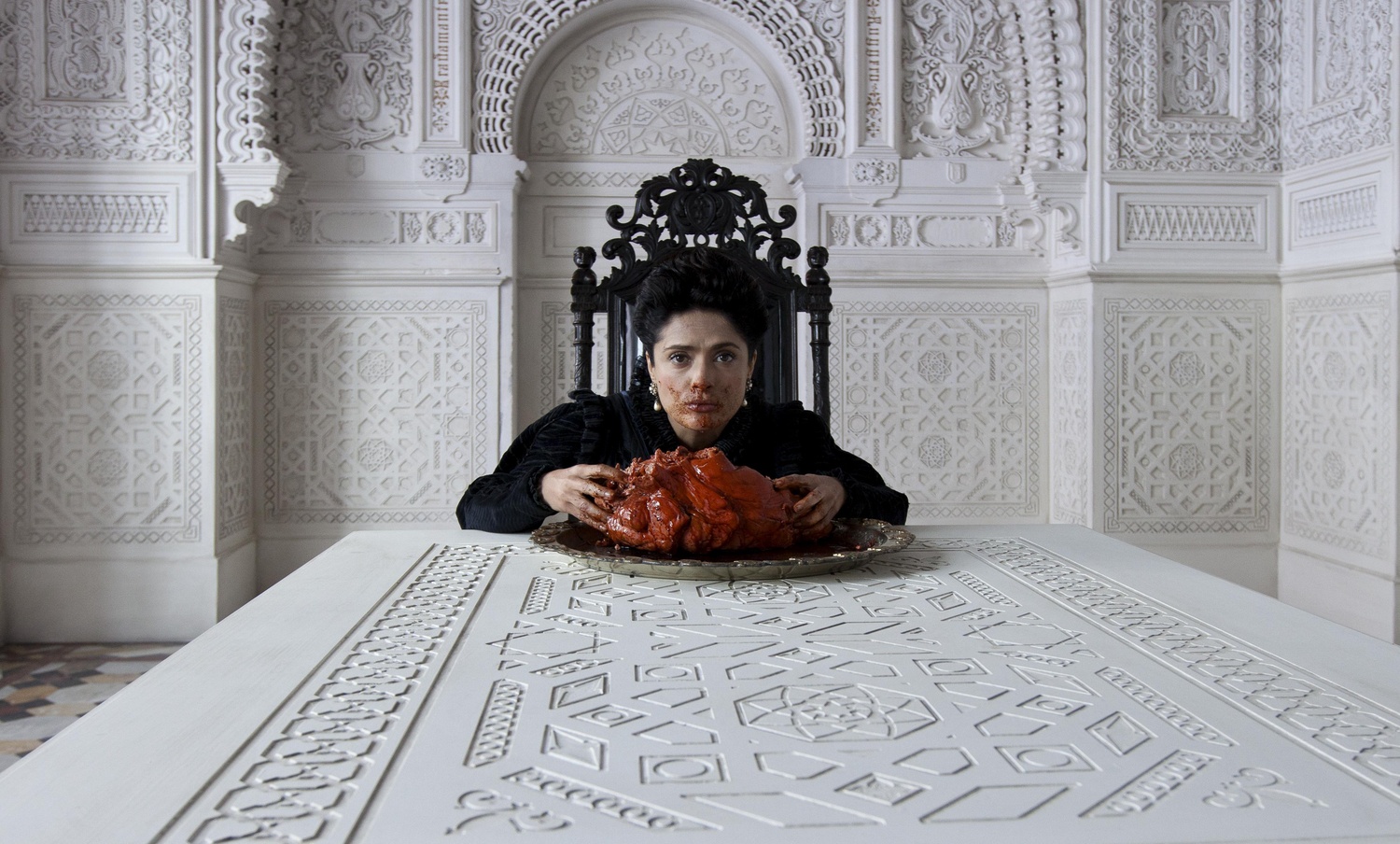
News
Cambridge Residents Slam Council Proposal to Delay Bike Lane Construction

News
‘Gender-Affirming Slay Fest’: Harvard College QSA Hosts Annual Queer Prom

News
‘Not Being Nerds’: Harvard Students Dance to Tinashe at Yardfest

News
Wrongful Death Trial Against CAMHS Employee Over 2015 Student Suicide To Begin Tuesday

News
Cornel West, Harvard Affiliates Call for University to Divest from ‘Israeli Apartheid’ at Rally
From Cannes: 'Tale of Tales' Brings Stories to Life
Dir. Matteo Garrone (01 Distribution)—3.5 Stars

“Tale of Tales” is a 17th-century Italian fairy tale that has influenced authors from the Grimm Brothers to J.K. Rowling with its fantastical interlocking stories of love and magic. However, as director Matteo Garrone mentioned during his Cannes press conference, the book is not as well known as its successors, and it was his intention to adapt its tales as a film that explores both their historic background and their universal values.
The film is an extremely visual piece—a collage full of bizarre monsters, towering mountains, grandiose castles, and exquisite costumes, full of many breathtaking moments: A queen sits in a huge, empty white room eating a giant heart; an ogre chases a girl through the forest. Garrone’s imagery so is so expressive in itself that it almost carries the narrative unaided.
Beyond its visual achievements, “Tale of Tales” succeeds in its hilarious and enchanting stories. All of the three tales, interlaced with one another, develop in surprising directions and become increasingly unexpected over time. This aspect of the film recalls Damián Szifron’s 2014 film “Wild Tales,” which is also a collection of stories that start as small conflicts and develop in unpredictable ways. However, unlike “Wild Tales,” Garrone tells the stories in parallel and often cuts to other stories right after the most suspenseful moments to keep viewers engaged in all of the movie’s threads.
Nevertheless, “Tale of Tales” has its flaws. For one, many of the stories are merely intended to surprise or entertain the audience, and in these cases neither the characters nor the story are explored in great depth. The film’s most obvious and probably most distracting problem, however, is its English dialogue. It feels odd to have characters speak English in an Italian film set in a land similar to ancient Europe, and many of the cast members do not speak English well.
In spite of its shortcomings, “Tale of Tales” still captures the spirit of the bedtime stories parents tell little children, tales that have been passed around for hundreds of years and evolved to different forms. The film’s biggest achievement is that it captures the liveliness of these stories and successfully presents them in visual form.
—Staff writer Tianxing V. Lan can be reached at tianxing.lan@thecrimson.com.
Want to keep up with breaking news? Subscribe to our email newsletter.
